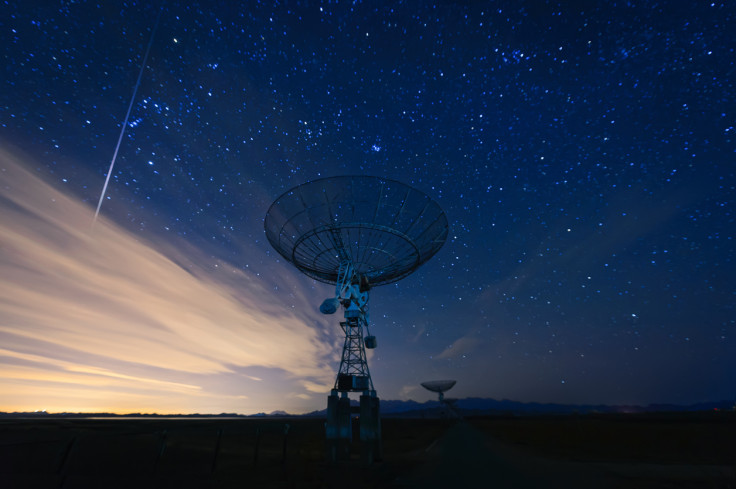FRBs: Search for mystery space signals in Milky Way with your mobile phone
Citizen scientists could help find fast radio bursts with a global network of cell phones.
The search for fast radio burst could be bolstered by citizen scientists using their mobile phones. A team of researchers has said a global network of phones and small radio receivers could be used to detect these mystery signals emanating from an unknown source in space.
In a report that has been accepted for publication in the Monthly Notices of the Royal Astronomical Society, scientists from the Harvard-Smithsonian Centre for Astrophysics (CfA) and Tel Aviv University say if such a network were in place, it could be used to detect a simultaneous radio blip. This blip would indicate a FRB has been recorded – coming from inside the Milky Way.
FRBs are radio signals coming from unknown sources deep in space. Lasting just a few milliseconds, scientists have struggled to identify their origin – the few dozen that have been detected were identified from data after the event, meaning their origin could not be traced back.
At present, only one FRB has been found to repeat. In total, scientists have recorded 16 bursts coming from FRB 121102 – meaning they could be tracked to a galaxy three billion light years away. But even though we now know the location, we still do not know what is causing these bursts.
The search for more FRBs continues, with astronomers across the globe using huge radio telescopes to detect them. The team say this presents an opportunity to harness a global collective of citizen scientists to look out for FRBs from within our own galaxy.

While other FRBs appear to be coming from deep space, there is no reason to think one could not emanate closer to home. "An FRB in the Milky Way, essentially in our own back yard, would wash over the entire planet at once. If thousands of cell phones picked up a radio blip at nearly the same time, that would be a good sign that we've found a real event," said lead author Dan Maoz of Tel Aviv University.
How it would work:
We propose to search for Galactic FRBs using a global array of low-cost radio receivers. Participating phones would continuously listen for and record candidate FRBs and would periodically upload information to a central data processing website, which correlates the incoming data from all participants, to identify the signature of a real, globe-encompassing, FRB from an astronomical distance.
Triangulation of the GPS-based pulse arrival times reported from different locations will provide the FRB sky position, potentially to arc-second accuracy. Pulse arrival times from phones operating at diverse frequencies, or from an on-device de-dispersion search, will yield the dispersion measure (DM) which will indicate the FRB source distance within the Galaxy.
Dan Maoz and Abraham Loeb
FRBs have been detected at frequencies that match those used by mobile phones and Wi-Fi. Potentially, people could download an app that would constantly be running in the background, monitoring frequencies. It could then send data to a central processing facility where any abnormalities could be identified.
The researchers calculate there might be FRBs in the Milky Way once every 30 to 1,500 years. But if it is a repeating burst – like FRB 121102 – it may pop up every week. "If FRBs originate from galaxies at cosmological distances, then their all-sky rate implies that the Milky Way may host an FRB on average once every 30 to 1,500 years," they wrote. "If FRBs repeat for decades or centuries, a local FRB could be active now."
Avi Loeb, from the CfA, said: "The search for nearby fast radio bursts offers an opportunity for citizen scientists to help astronomers find and study one of the newest species in the galactic zoo."
© Copyright IBTimes 2025. All rights reserved.






















